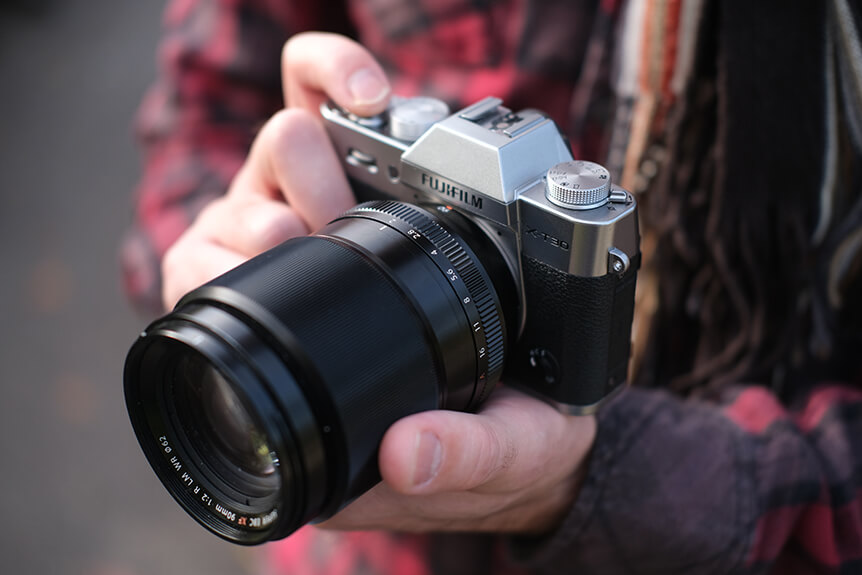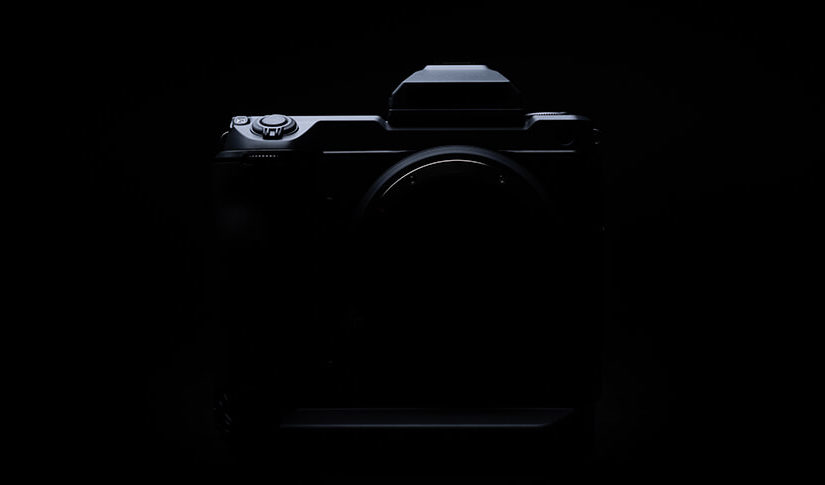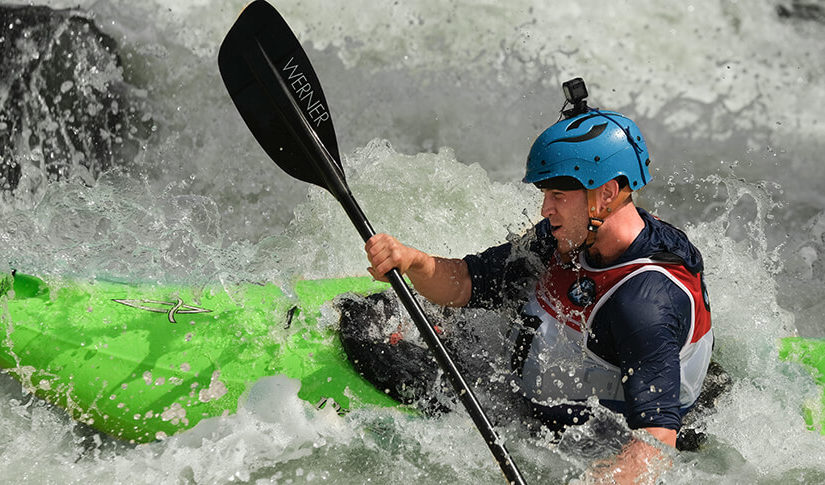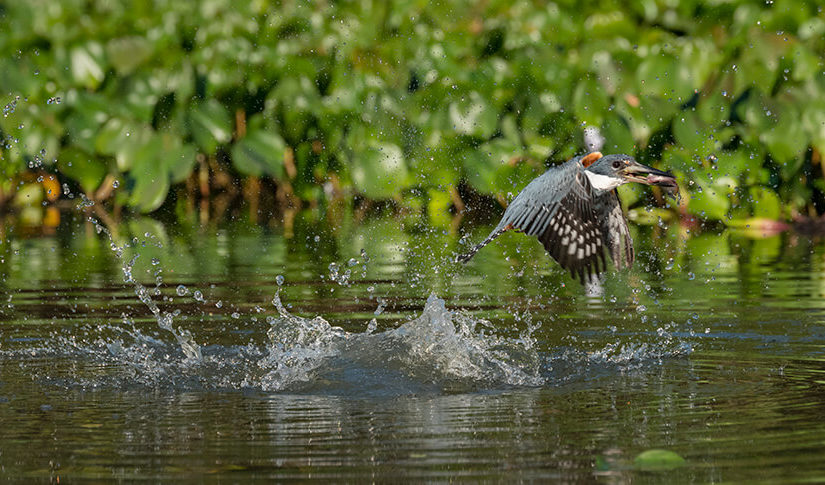
 5 minute read
5 minute read
Using Large Aperture Lenses in Low Light
The most basic way to overcome blur from camera shake is to let in more light by using a large aperture lens. There are lots to choose from in the X Series, and they can transform your photography.
Before the days of image stabilisation and high ISO sensitivities, photographers really only had one option if they wanted to make images handheld in low light: using a lens with a large maximum aperture.
By photographing with a large aperture – like F1.4 or F2 – more light is let into the camera, which means the shutter doesn’t have to stay open as long. And shorter shutter speeds mean less chance of blur from camera shake, which can spoil images.

To put things into perspective, creating images with a lens like the FUJINON XF56mmF1.2 R allows you to use an aperture that’s 3.5 stops wider than an XF18-55mmF2.8-4 R LM OIS lens used at 55mm. In other words, it lets in 3.5 times more light, which is enough to transform a troublesome 1/10 sec into very usable 1/125 sec. This is why photographers sometimes call large aperture lenses ‘fast aperture lenses’, reflecting their ability to give fast shutter speeds even in low-light conditions.

Fast aperture lenses can improve over image stabilisers by not only helping to reduce camera shake, but also helping to freeze the movement of subjects. In contrast, OIS and IBIS systems prevent blur from accidental camera movements, but not from moving subjects. Fast lenses also let you photograph with a shallower depth-of-field, which is great when you want to emphasise a pin-sharp subject against a soft, blurry background, or defocus points of light into pleasing bokeh after dark.

© Dianne Falcone
Choosing a Fast Aperture Lens
If you think a wide aperture lens might be useful in your approach to low-light photography, there are plenty of options in the X Series for you to choose from. Some of our zooms have a widest aperture of F2.8 throughout their zoom range, like the XF16-55mmF2.8 R LM WR and XF50-140mmF2.8 R LM OIS WR. Although, to get seriously big apertures, you need to look towards prime lenses. Here are a few to consider.
XF16mmF1.4 R WR
A wide-angle lens with a fast maximum aperture, perfect for atmospheric landscapes or close-quarters street photography in low-light conditions.

© Alan Winslow
XF18mmF1.4 R LM WR
This is a professional level, portable, and weather-resistant wide-angle prime lens, with a big F1.4 maximum aperture, making it a great choice for low light landscapes, urban scenes, or dimly lit interiors.

© Rommel Bundalian
XF23mmF1.4 R
This is a classic focal length favoured by reportage photographers for its slightly wide field of view. And with a fast F1.4 aperture, too, it’s good for storytelling in less-than-perfect conditions.

© Kevin Mullins
XF35mmF1.4 R
Giving roughly the same perspective as the human eye, this is a lens that can be used for lots of different things, from portraiture to landscapes to street photography.

© Charlene Winfred
XF50mmF1.0 R WR
The fastest lens in the X Series lineup, this model has a huge F1.0 maximum aperture, meaning you can photograph handheld with ease, even in low-light conditions. Despite this, the lens’s size and weight keep it portable, and it’s weather sealed, too.

© Yukio Uchida
XF56mmF1.2 R
A great lens for portraiture with a short telephoto focal length that lets you keep a comfortable working distance. The very large F1.2 aperture not only lets in lots of light, but blurs backgrounds, too.

© Kevin Mullins
XF90mmF2 R LM WR
Great for weddings, portraiture and indoor sports in artificial light. This telephoto lens has a fast F2 aperture that will let you get fast shutter speeds in low-light conditions and beautiful blurry backgrounds.

© John Rourke
XF200mmF2 R LM OIS WR
One for the professionals, this super telephoto lens boasts a massive F2 aperture, which not only produces exquisite background blur but allows for fast shutter speeds even in low light – essential for sports photography.

© William Chua
Technique for Wide Aperture Lenses
Making images at wide apertures is much the same as making images with normal camera settings, although there are a few things we need to be aware of if we’re going to get the most from these superb lenses.
Face and Eye Detection
Depth-of-field is shallow at large apertures and while this can be used to fantastic creative effect, it also means we have to be very accurate with focusing. When creating portraits, for example, it’s easy to get sharp focus on a subject’s chin or nose rather than on their eyes. Avoid this by using Eye Detection autofocus. By default, this will detect and focus on the closest eye to the camera. It can also be set to R and L to force the system to detect right or left eyes.
Critical Focusing
With so little room for error when focusing and photographing with wide apertures, it pays to use a smaller AF point so you can be precise about where you are focusing. Do this by pressing your camera’s Focus Lever and turning the rear control dial.
If you’re focusing manually, you may want to use focus peaking to nail critical focus at a specific point in the scene.
Get a Grip
Large aperture lenses usually weigh more than the compact standard zoom that you might be used to, and are bigger in size, too, so make sure you hold your camera correctly and take care not to shake when you’re photographing. A larger opening for light to pass through means larger pieces of glass and a larger lens barrel, but we think the extra size is worth it for the amazing creative versatility these lenses provide.
Your Next Steps
- CHALLENGE You can try out a fast aperture lens at one of our Touch and Try events. Try using one to photograph handheld in low light and post your favourite image to social media using the hashtag #learnwithfujifilm. You can also submit your work here for a chance to be featured on our social media channels.
- WATCH Check out our video below to learn more about aperture:
























































